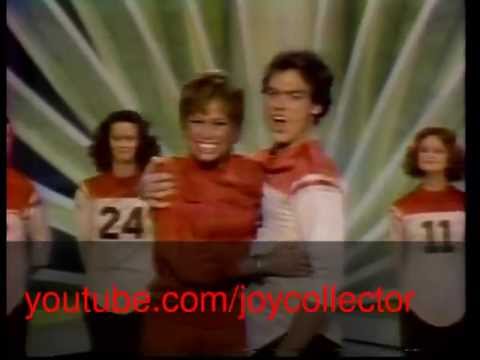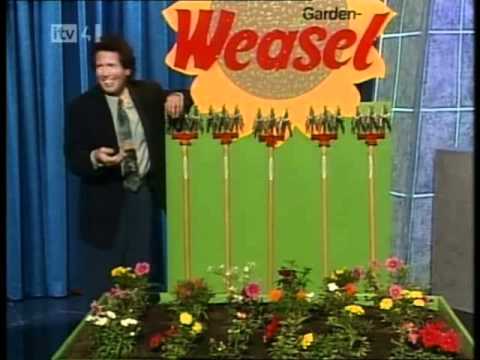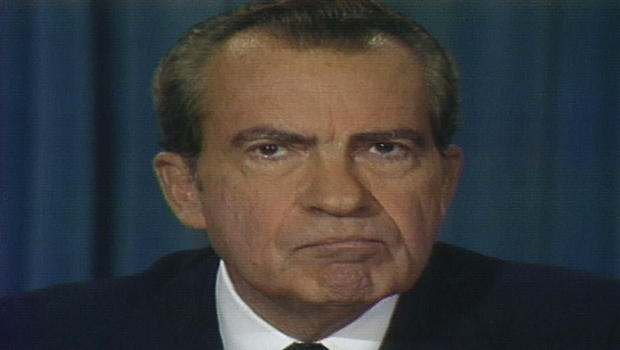From “Kolac” To “Mork’…The ‘Happy Days’ Incarnation
https://www.youtube.com/watch?v=46cG2foNwiU Mork On ‘Happy Days’
(You’ll have to click on the link because for some reason, it doesn’t load like most videos. Must be a Facebook misfire of some sort.)
As we learned in today’s first article, Mork’s lineage goes back to an alien character named Kolac (played by Danny Thomas) that was created by Carl Reiner on ‘The Dick Van Dyke Show’. The alien character was reincarnated by director Jerry Paris in a 1978 episode of ‘Happy Days’ in which Richie Cunningham has almost the same dream Rob Petrie had in 1962.
Mork appeared in the ‘Happy Days’ Season 5 episode 22, “My Favorite Orkan”, which first aired in February 1978. Although born out of the Van Dyke script, ‘Mork And Mindy’ took a lot of cues from the 1960s sitcom ‘My Favorite Martian’.
Williams appearance as Mork was wildly successful and ‘Mork And Mindy’ debuted on ABC September 14, 1978. Robin appeared again on ‘Happy Days’ in March of 1979, in Season 6, Episode 24 called “Mork Returns”.
In ’78, the only television Robin Williams had ever done was a stint in the cast of the short lived ‘Richard Pryor Show’ on NBC. In 1973 Williams was one of only 20 students accepted into the freshman class at Juilliard and one of only two students to be accepted by John Houseman into the Advanced Program at the school that year; the other was Christopher Reeve. Williams left Juilliard in 1976
In ’78, Robin was still relatively unknown, but impressed ‘Happy Days’ producer Garry Marshall with his quirky comedic ability as soon as they met. When Williams was asked to take a seat at the audition, he immediately sat on his head in the chair next to Marshall, who is reported to have cast him on the spot. He later wryly commented that Williams was the only alien who auditioned for the role.
In the ‘Happy Days’ clip, Mork attempts to take Richie Cunningham back to his planet (Ork) as a human specimen, but his plan is foiled by Fonzie. Thumbs up! Enjoy and share!
Source






